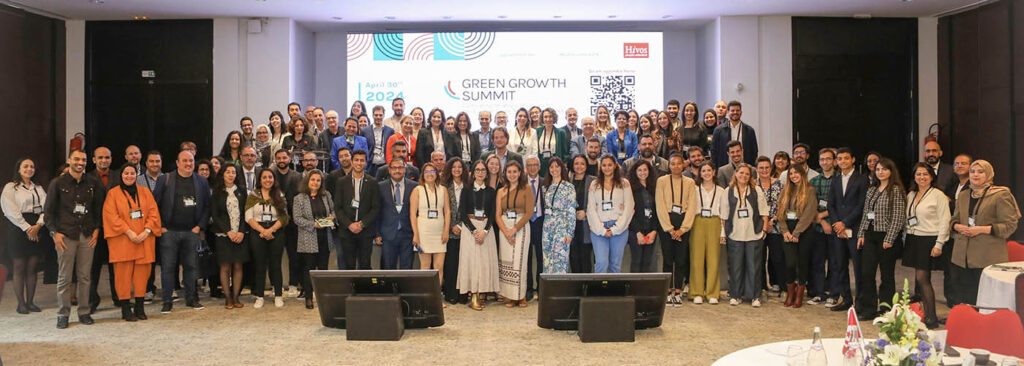August 12 is the designated International Youth Day, particularly serving as the annual celebration of the role of the youth highlighting their initiatives, voices and action.
In Tanzania as with many places in the world, the youth were able to celebrate by sharing various messages on social media and other platforms, participating in workshops as well as showcasing their work. The main difference for the Tanzanian youth is that this year’s celebration falls during an election year, a prime opportunity to influence open governance through decision making space as well as dialoguing with leaders and authorities on their issues.
As with the previous years of election, the youth have often tasked and questioned politicians over their election promise and plans when it comes to propelling the youth-oriented agenda. Some of the issues include; employment opportunities, opportunities for innovation and creativity, participation of youth in leadership, education among others.
From paper to action
While the action over the years can be is a good move, there has been one problem. Most times, issues advocated by the youth are too broad to even underscore when there is positive change or to make a follow-up on any positive step forward. This has not been a problem of decision makers, but a problem that has further marginalised the critical voices of their colleagues and peers such as those in agriculture and transportation.
To put this argument into perspective, the 2015 election promise to the youth is a critical example. While executing this promise in 2016, the government made provisions of a new law that will allocate 30 per cent of the public procurement to minority groups such as women, youth, elderly and persons with disability. Subsequent guidelines from the Public Procurement Regulatory Authorities break it down further by providing that 10 per cent of all procurement volume should be set aside for the youth. Data from the government e-procurement system, Tanzanian National E-Procurement System (TANEPS), shows that by the date of this year’s International Youth Day there was about Tshs. 7.4 trillion (equivalent to USD 3.2 billion) totals of the approved budget for planned procurement. This means by law and the stipulated guidelines, youth owned and led enterprises are supposed to receive Tshs.744 billion(equivalent to USD 320 million) of the procurement volumes tenders. Looking at this figure, there are a lot of opportunities that beg the question: What’s the experience of the youth in trying to access these tenders?
Four years down the line, the 2018/2019 report from the Public Procurement Regulatory Authority shows that only 25 youth led and owned enterprises have registered for the special group procuring opportunities. The numbers are significantly low and this time around, with a critical reflection that the youth should have on themselves. This year should have been a good opportunity for evaluating the success or challenges of the scheme, but the data is so low even for basic analysis. This is one of the areas that the youth cannot entirely blame decision makers but themselves, how many youths have follow-up on this initiative, how many youth organizations have worked with members of parliament or other representative in raising awareness about this scheme? The lack of follow-up has made this youth initiative to circumvent a critical opportunity that would have changed their lives in Tanzania. The good thing is that there is still time for rectification.
Lessons from Kenya
Kenya is also implementing a similar scheme to Tanzania, despite challenges, the scheme has had some significant achievements. A report by Hivos East Africa in 2018 showed that since the launch of the scheme in Kenya, the revenue of youth led and owned enterprises have increase by 71 per cent, as well as creation of jobs at 70 per cent with an 82 per cent increase of youth led and owned enterprises. How can the youth use their platforms to make the 30 per cent preferential scheme work or how can they increase awareness among themselves? These are some of the questions that the youth need to ask themselves with adequate follow-up with government agencies such as the National Economic Empowerment Council and the Public Procurement Regulatory Authority.
Examples above leave some questions, like why is there a weak link in follow-up or the lack of advocacy?
One among many reasons include advocating for youth issues on a broader perspective is arguably the easiest and this also has less incentives for follow-up, as no one can claim ownership over the broad youth agenda. Breaking down issues into specific areas of engagement provides room for adequate implementation and prioritization by policy makers and also follow-ups by specific youth groups. It’s undeniable that for the youth advocacy to achieve meaningful changes, issues have to be specified and mechanism for follow-up have to be clear on the onset.




